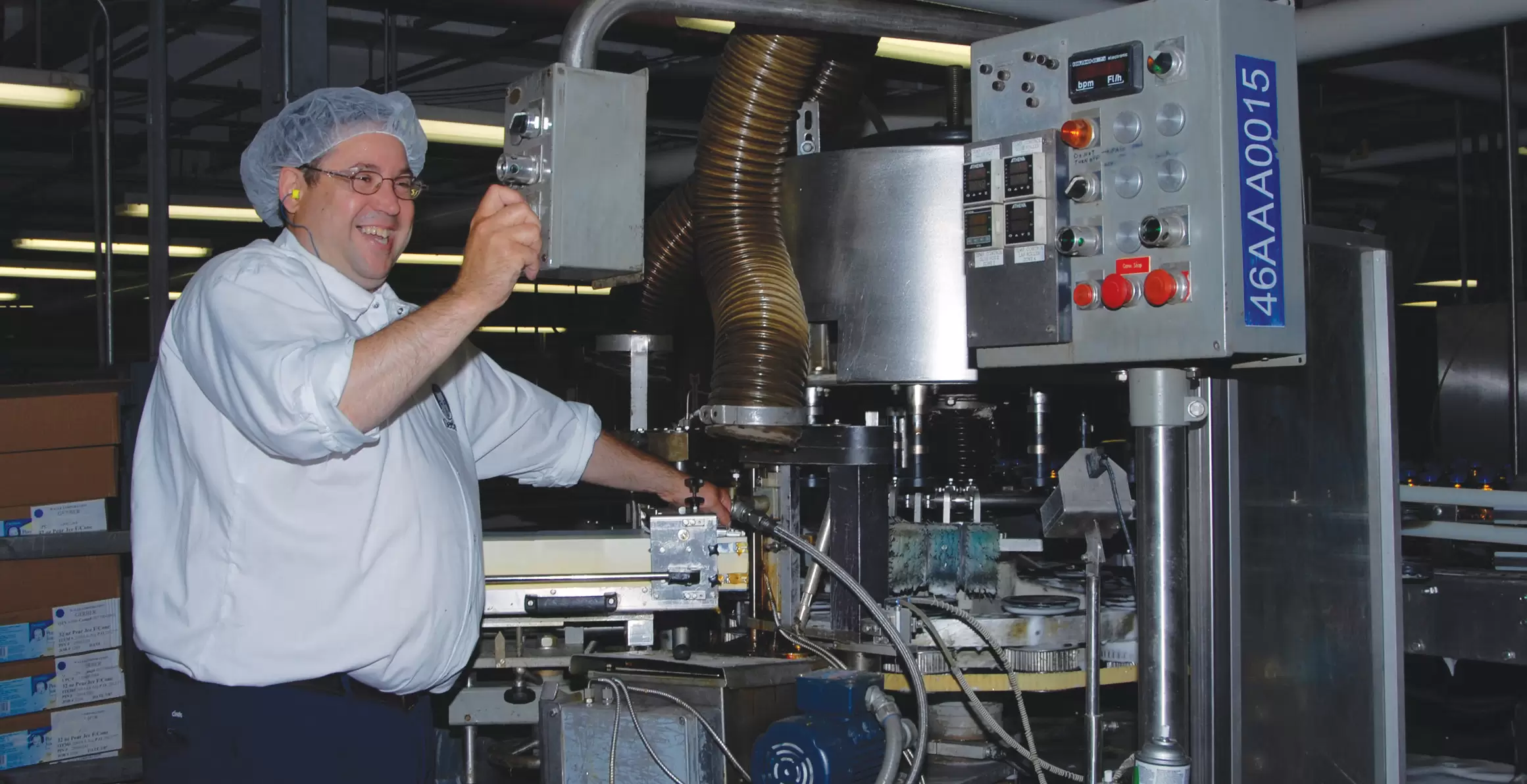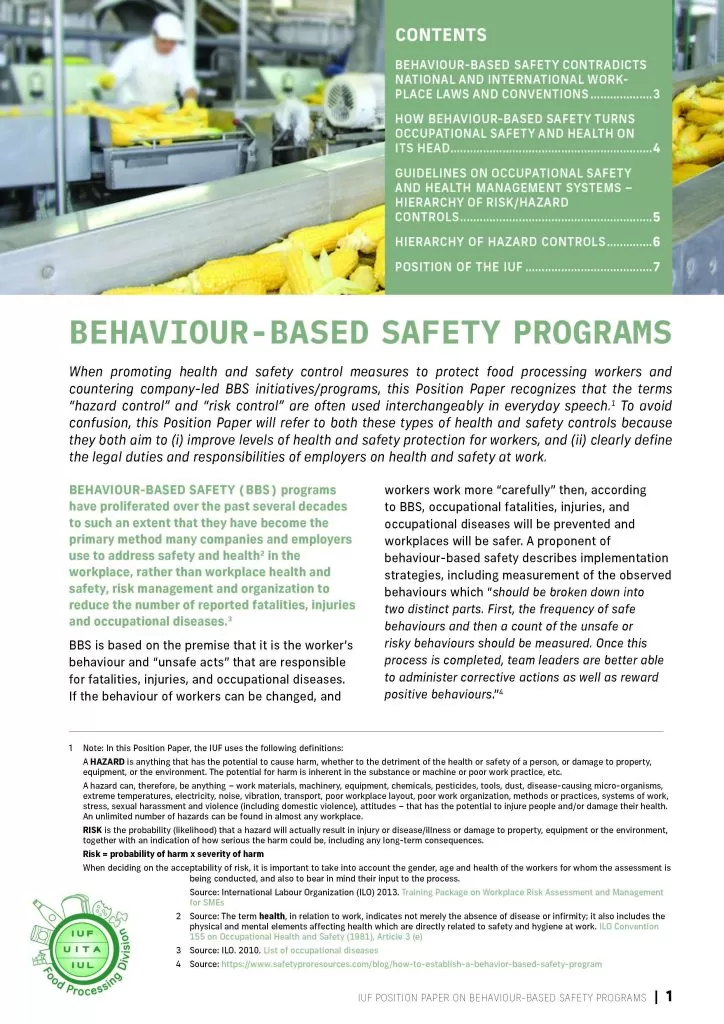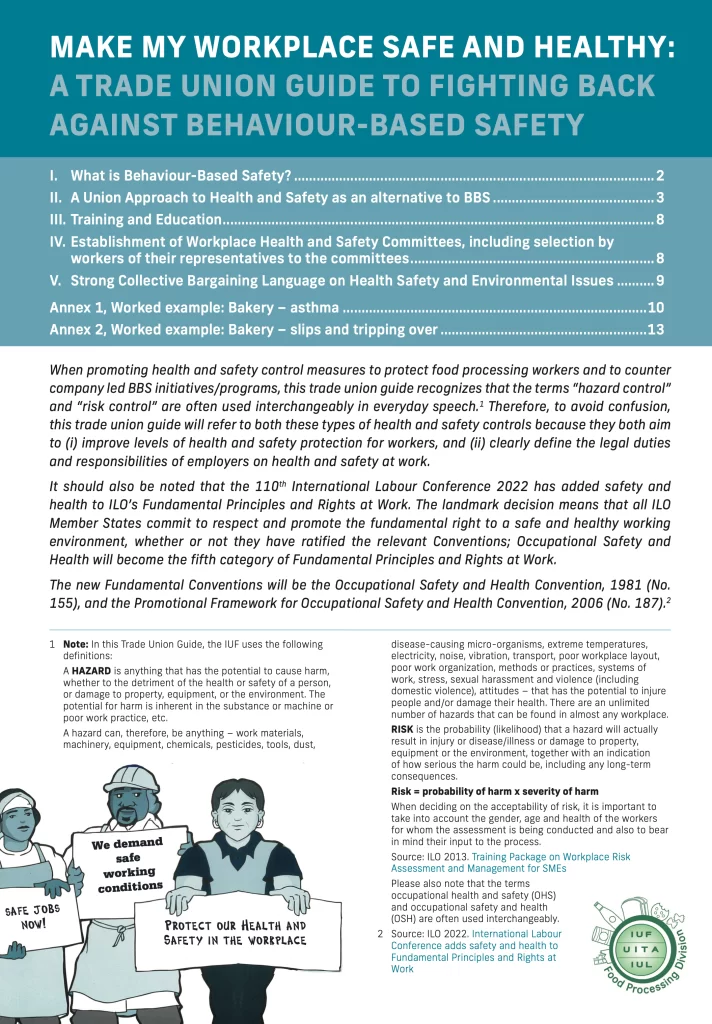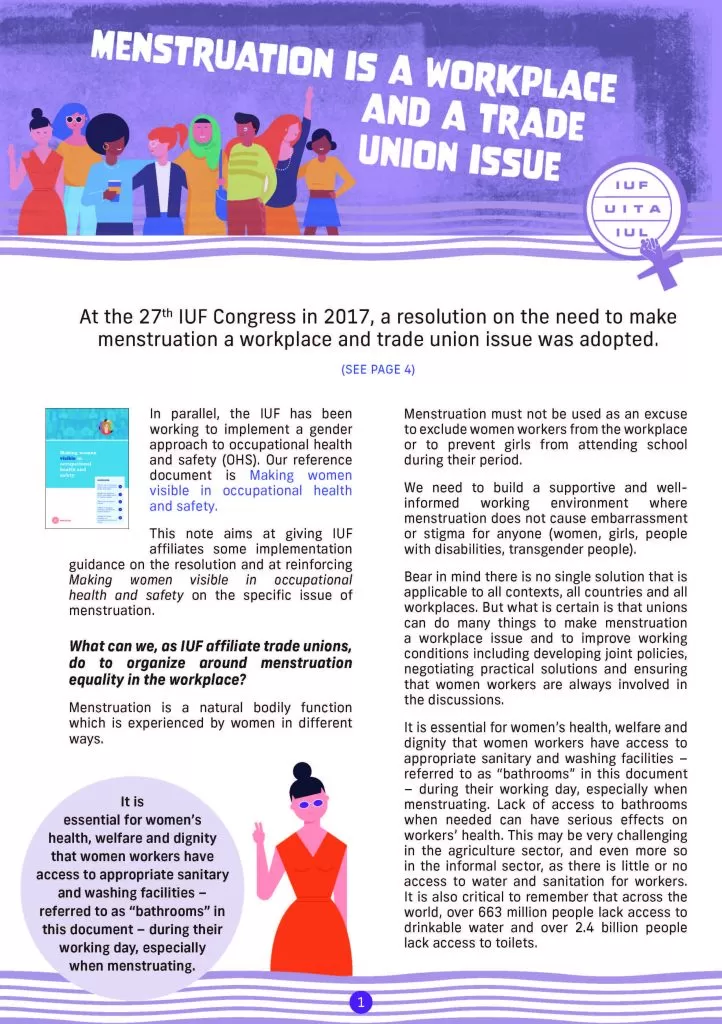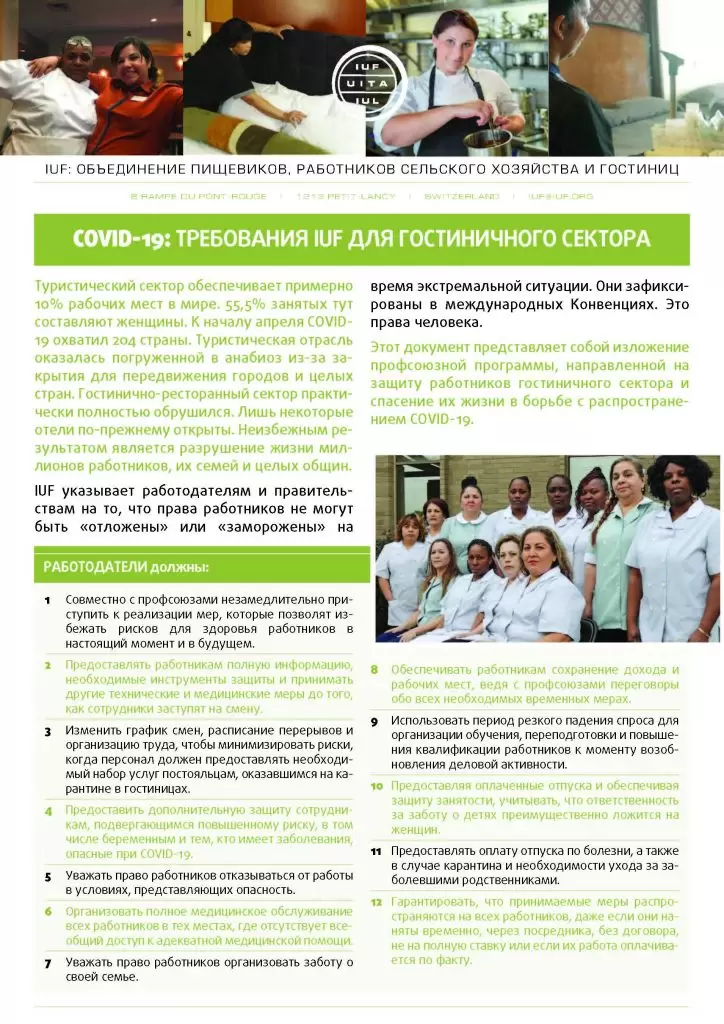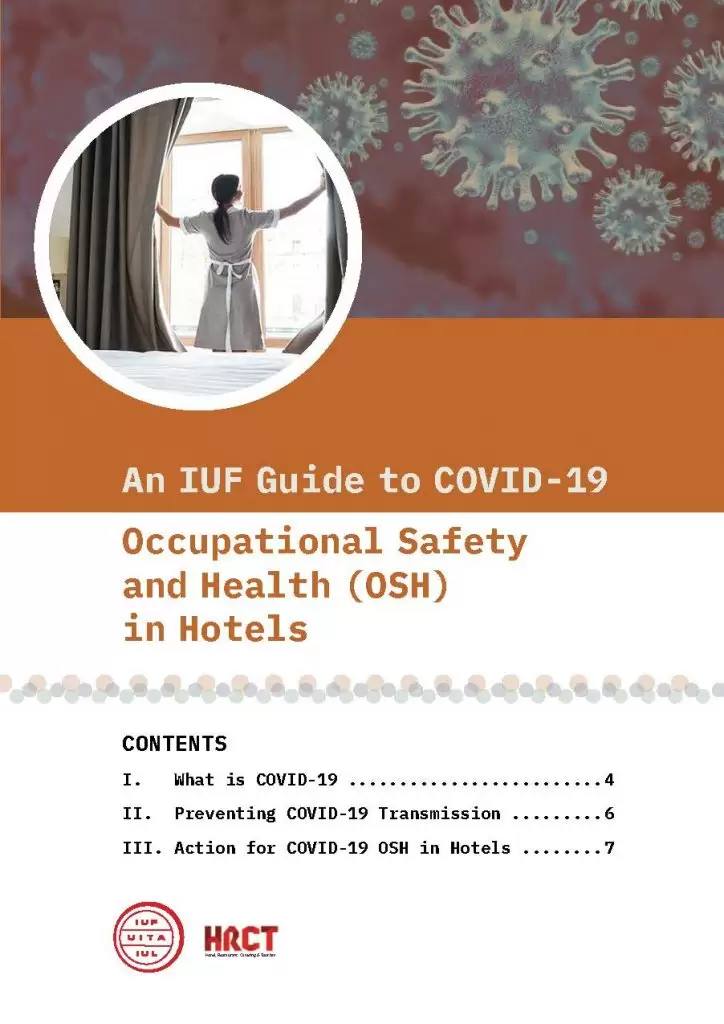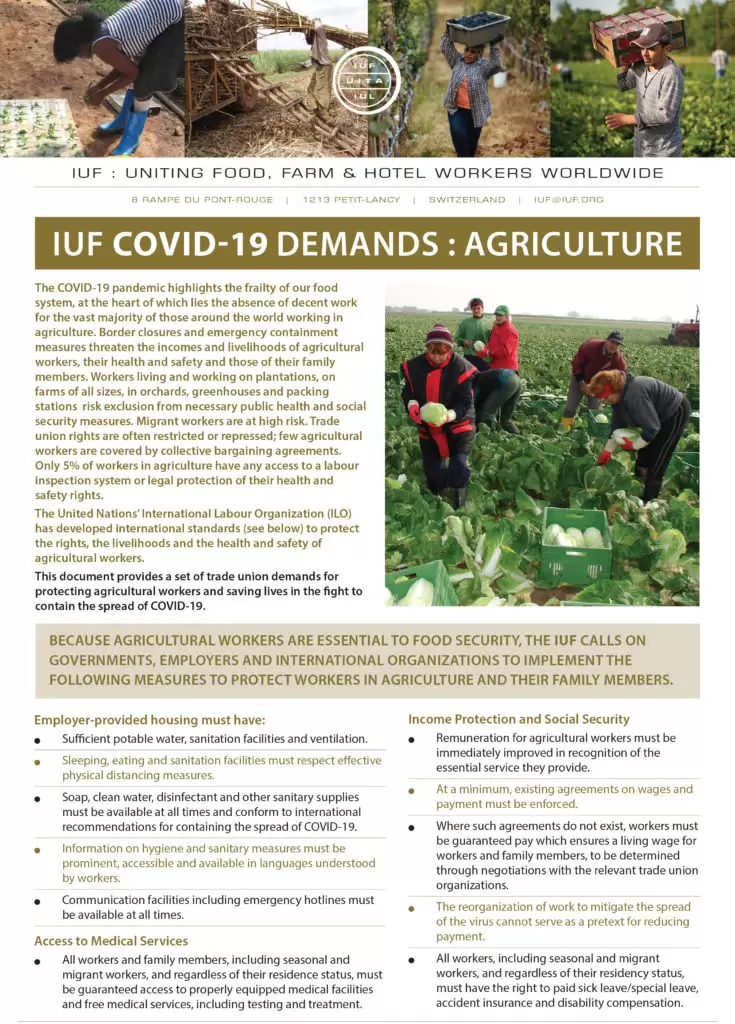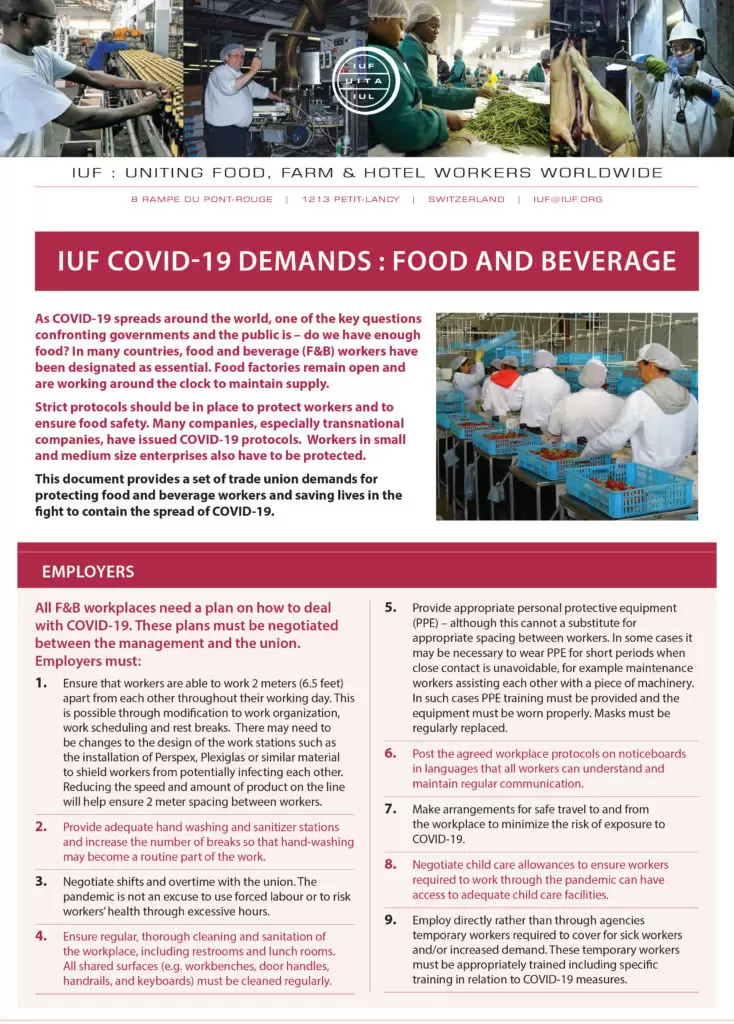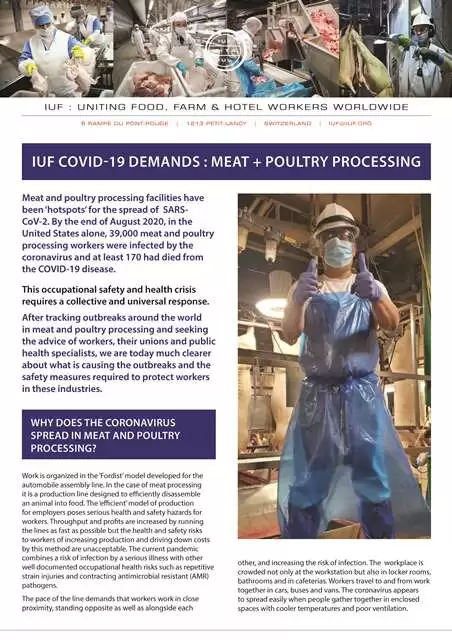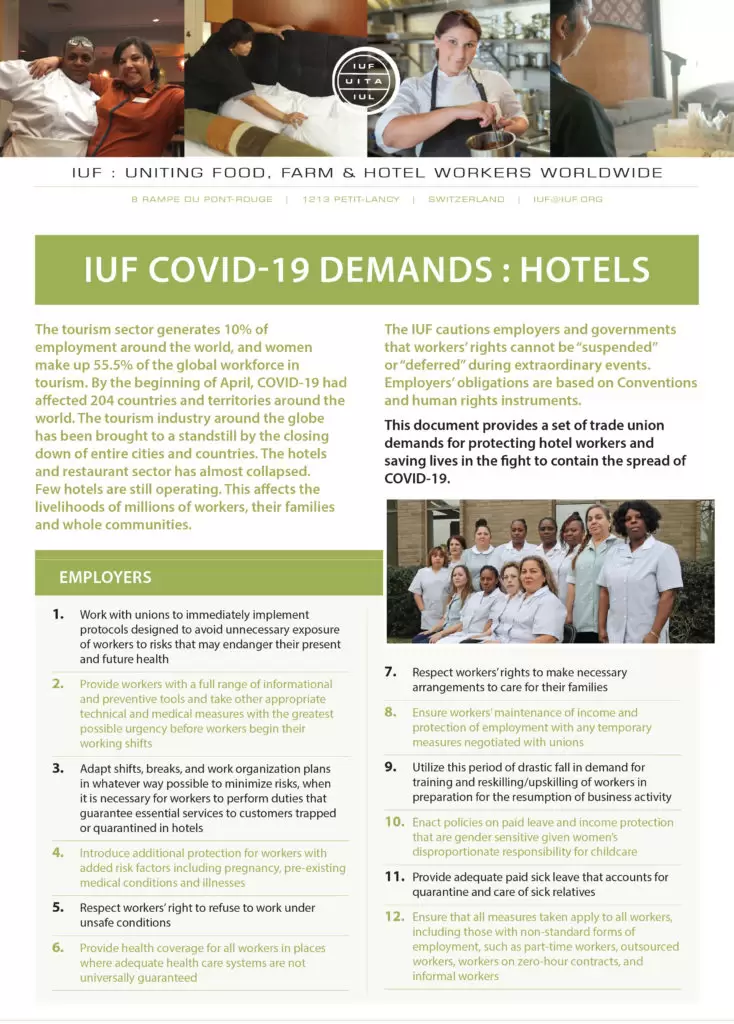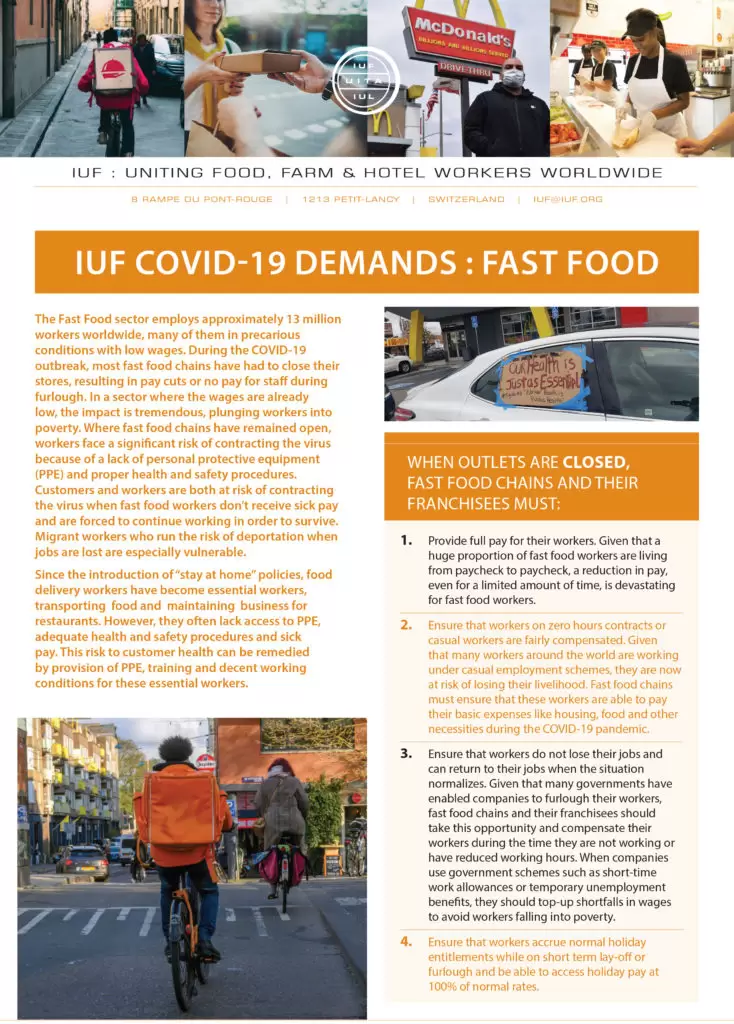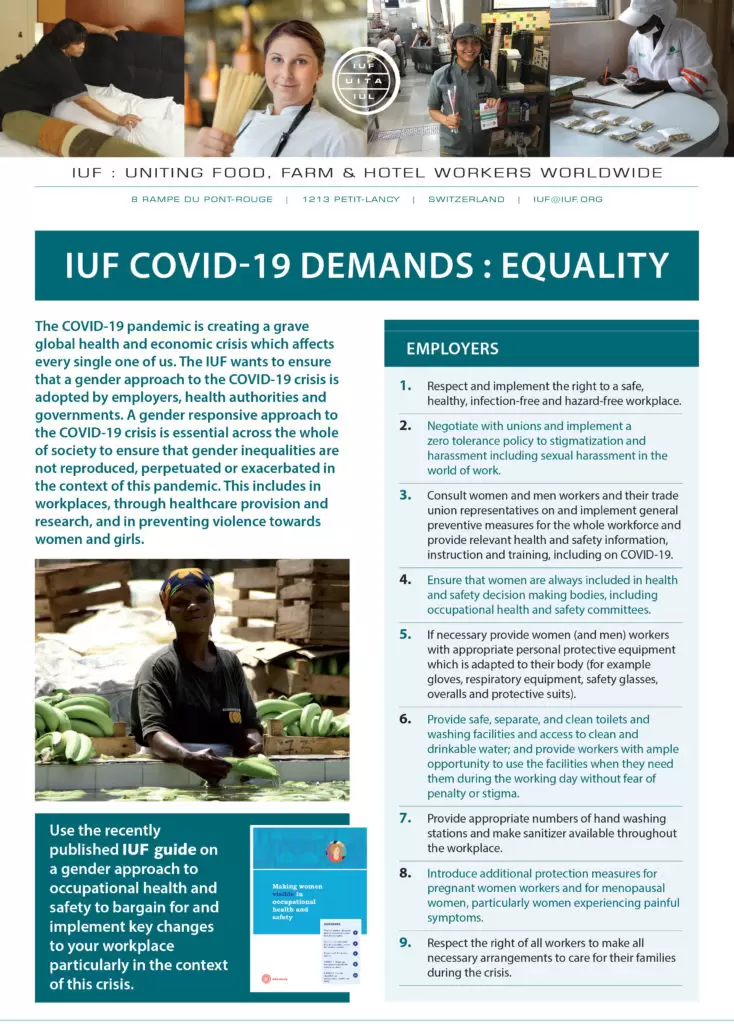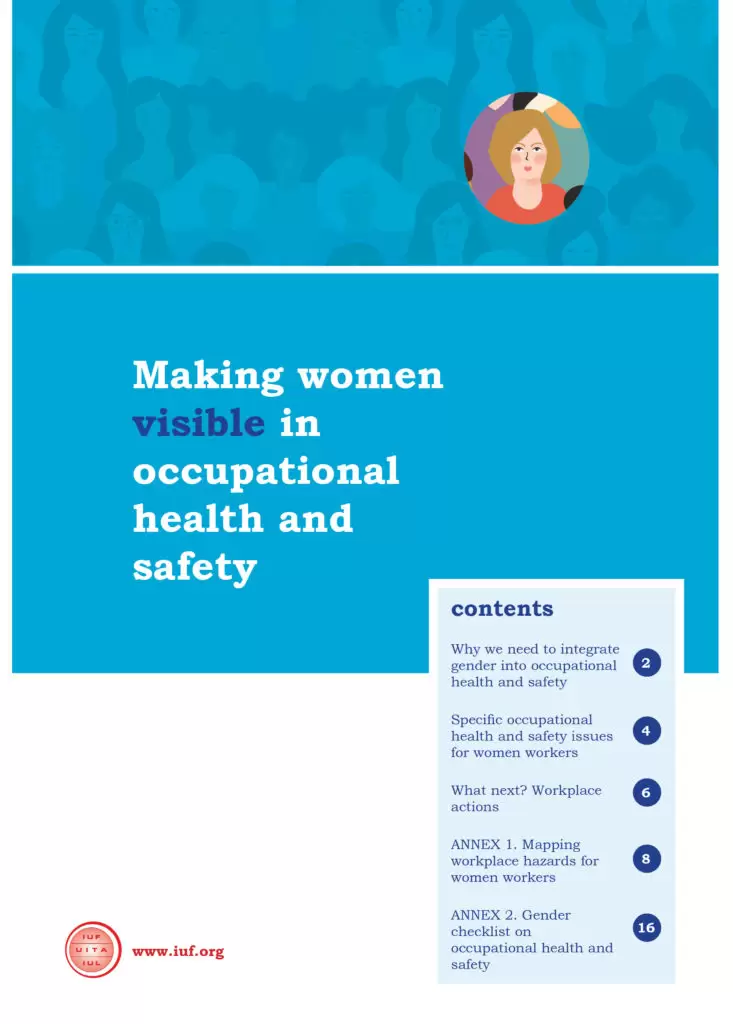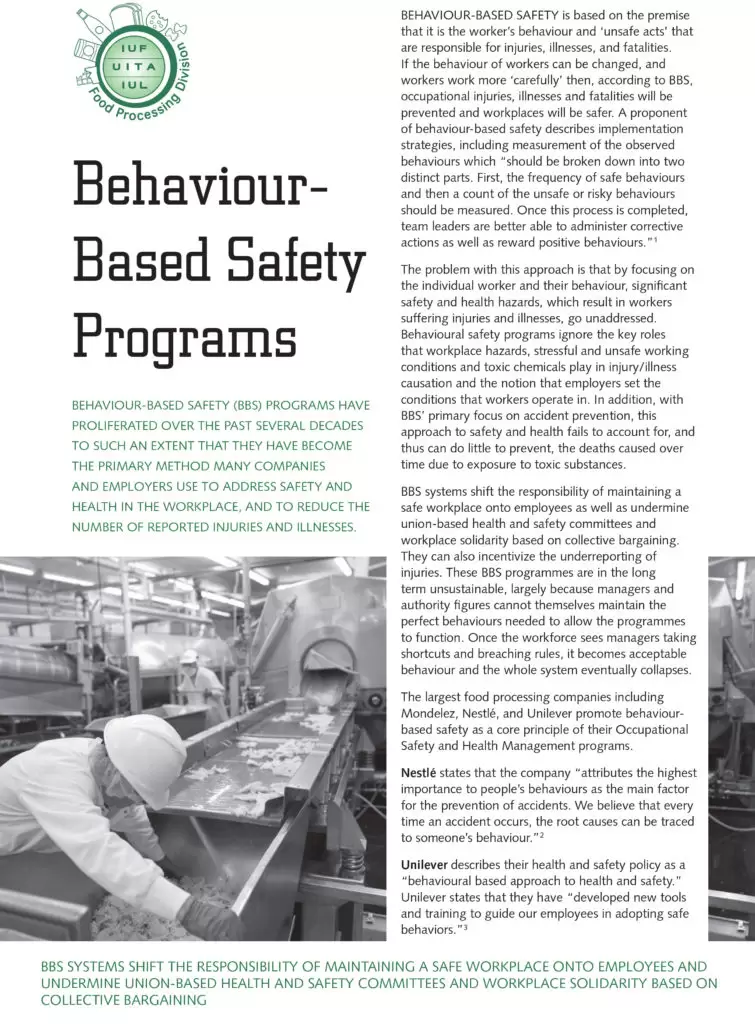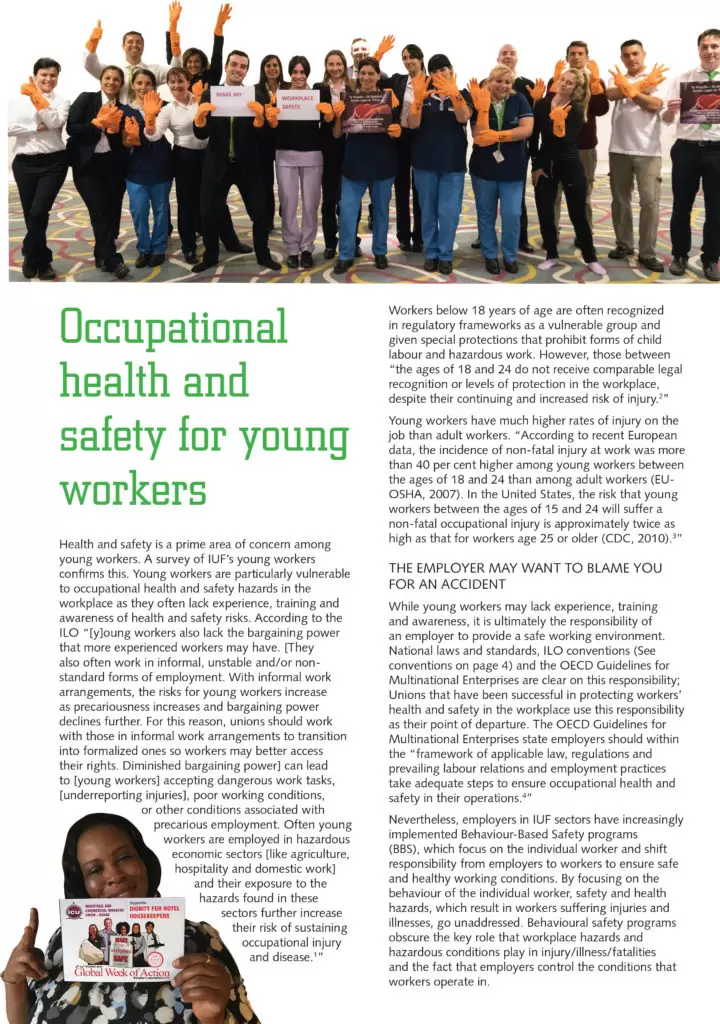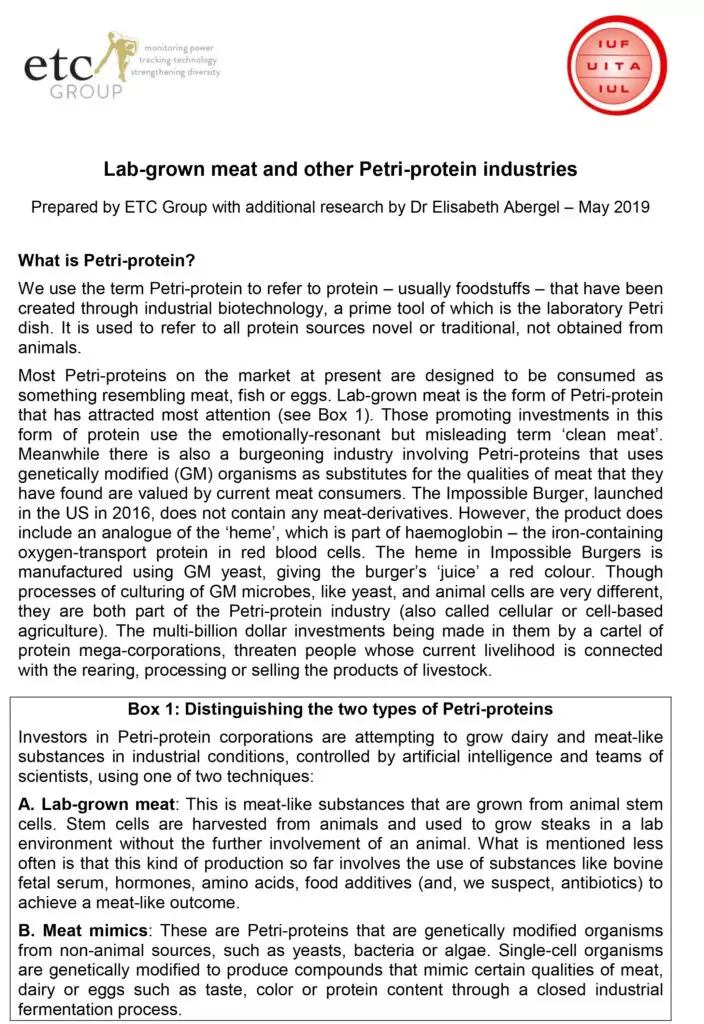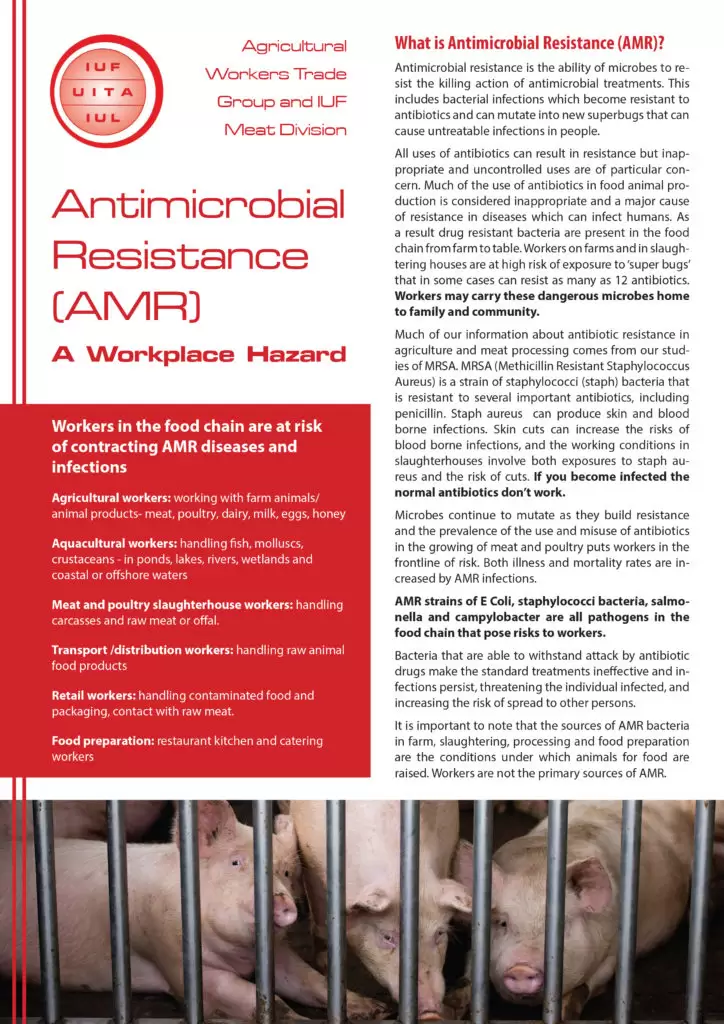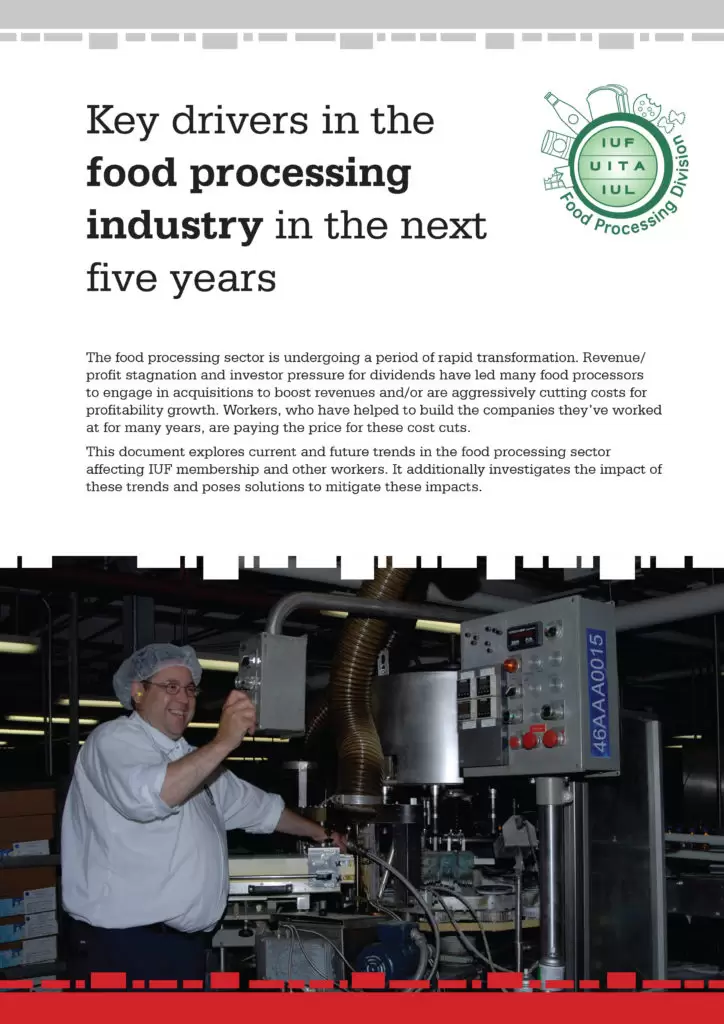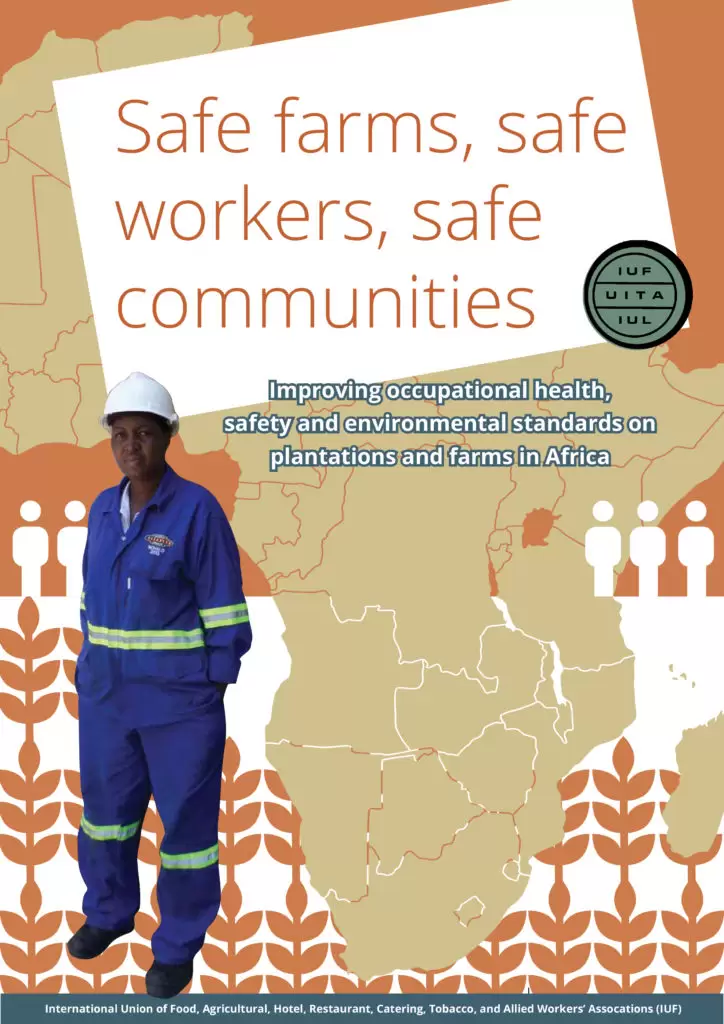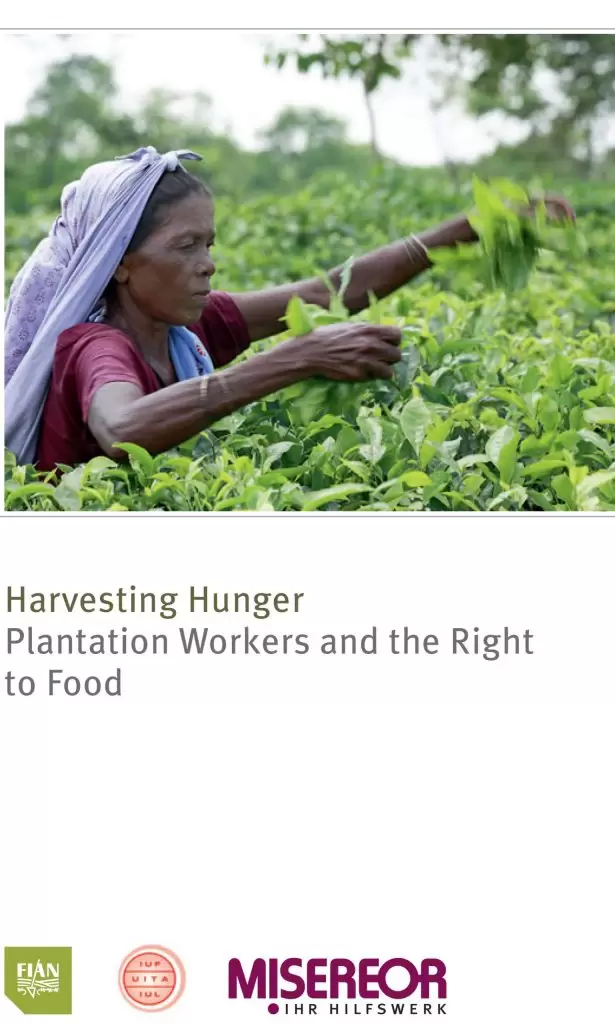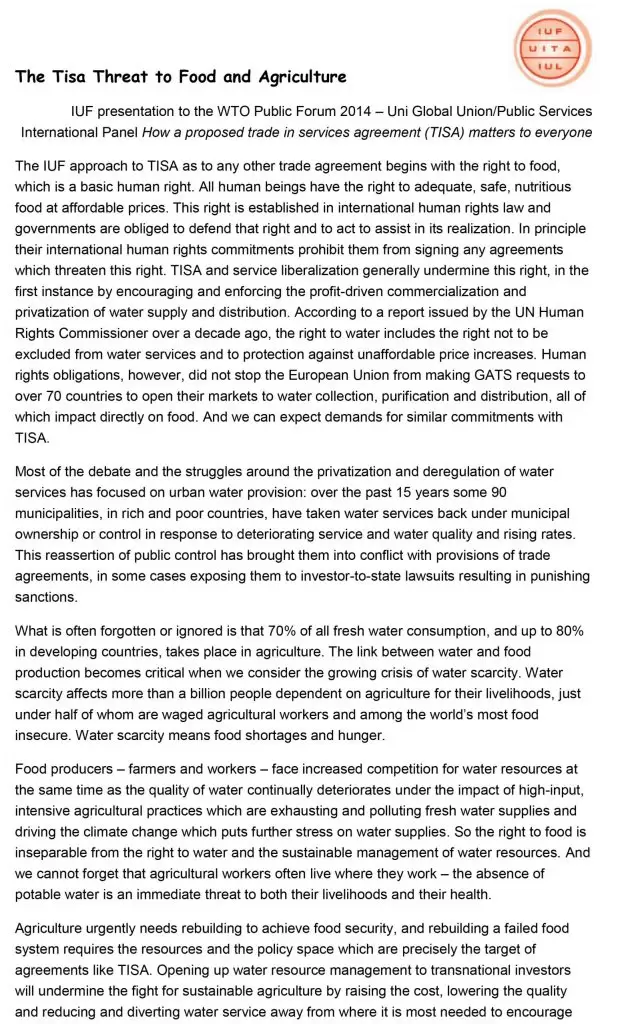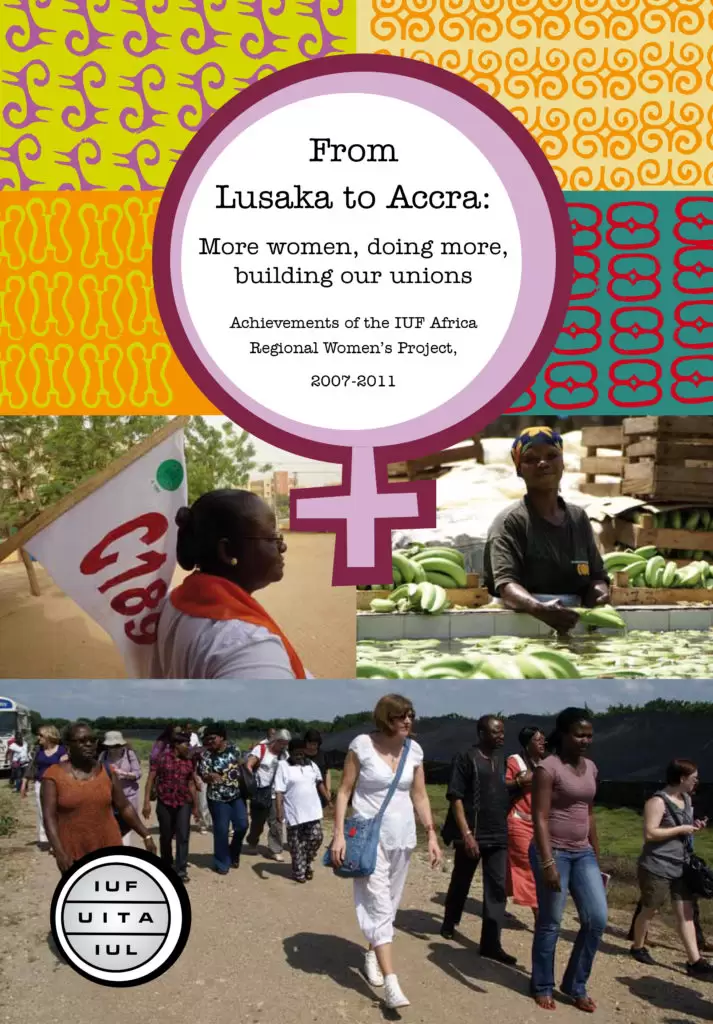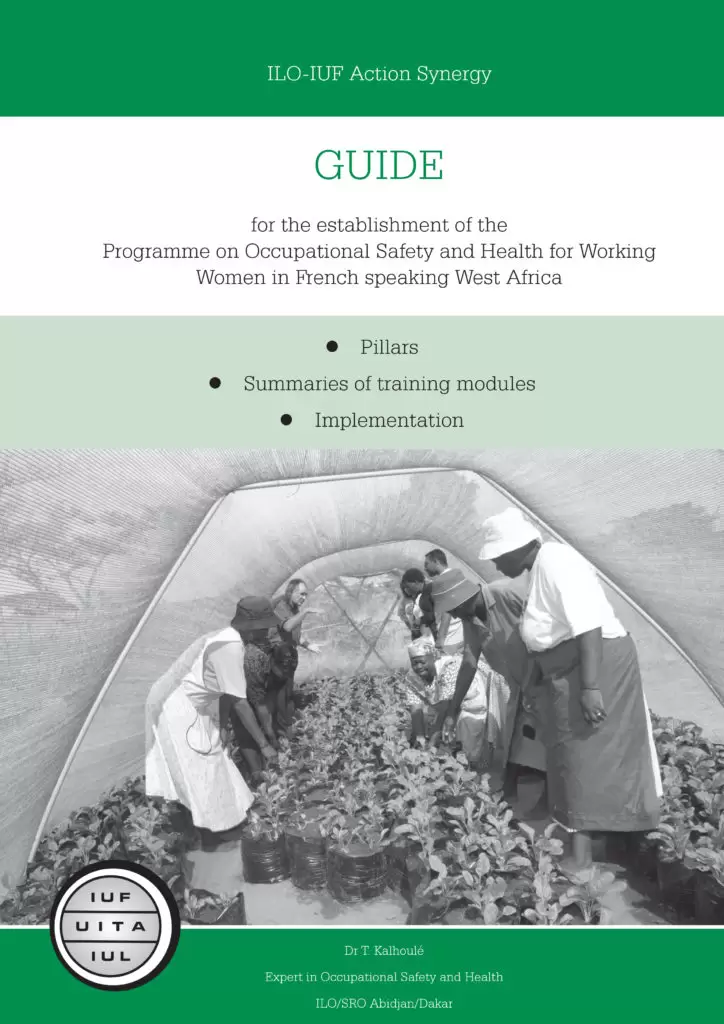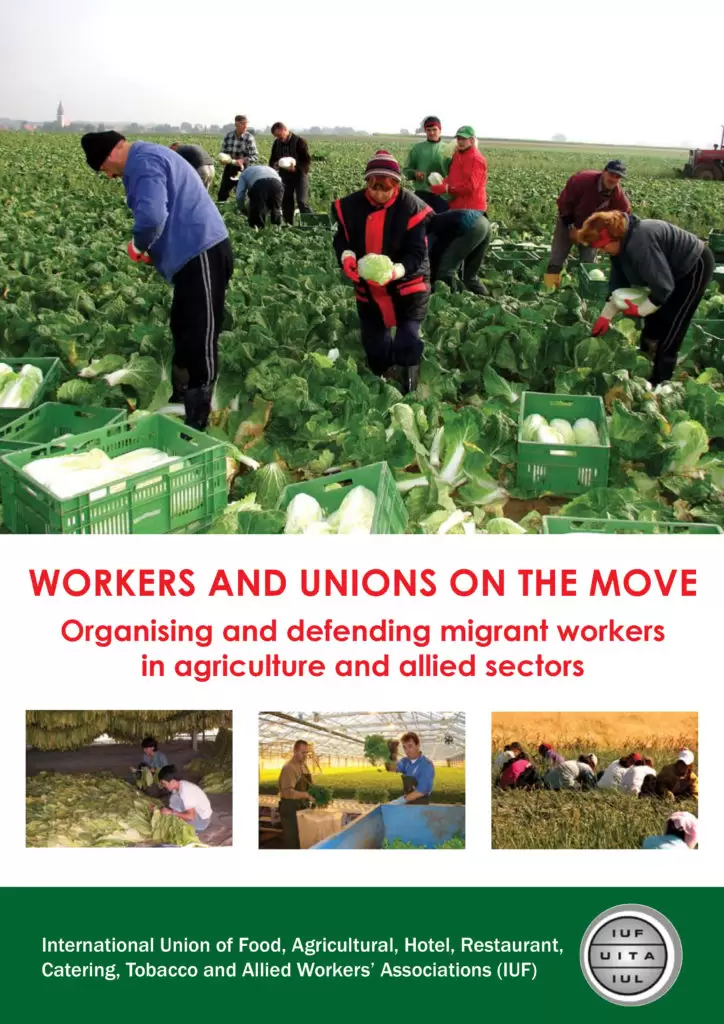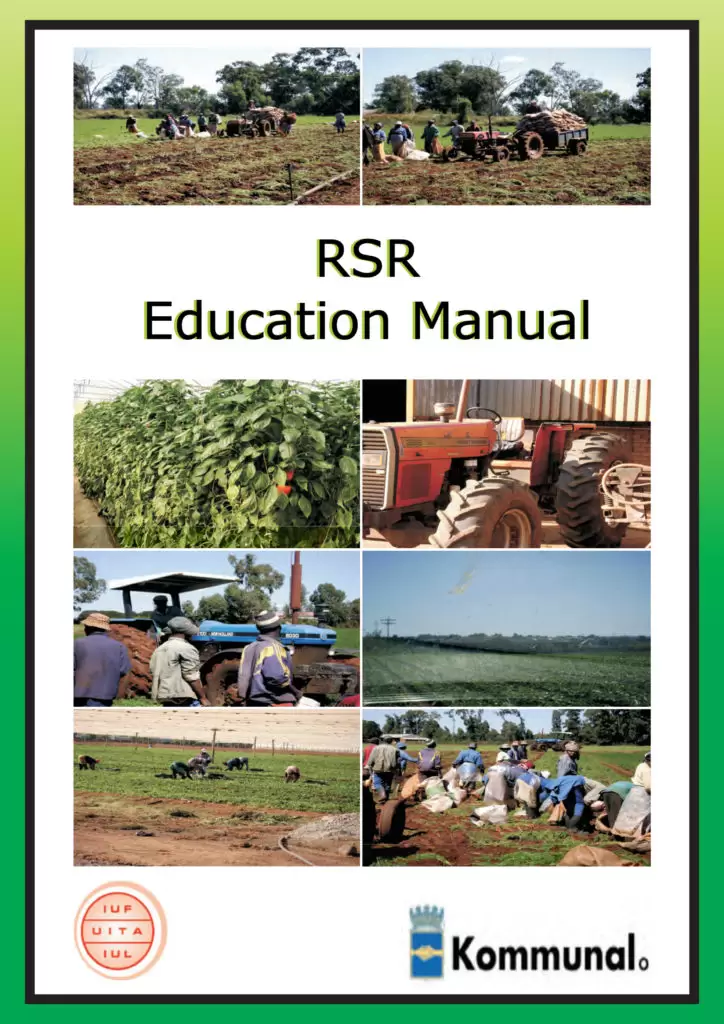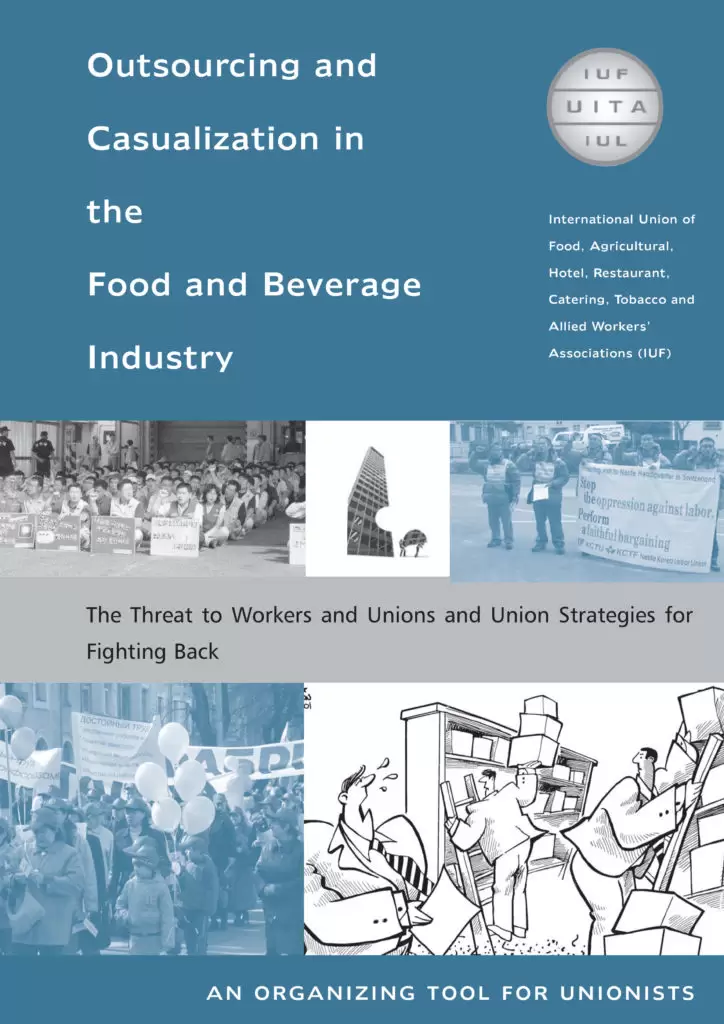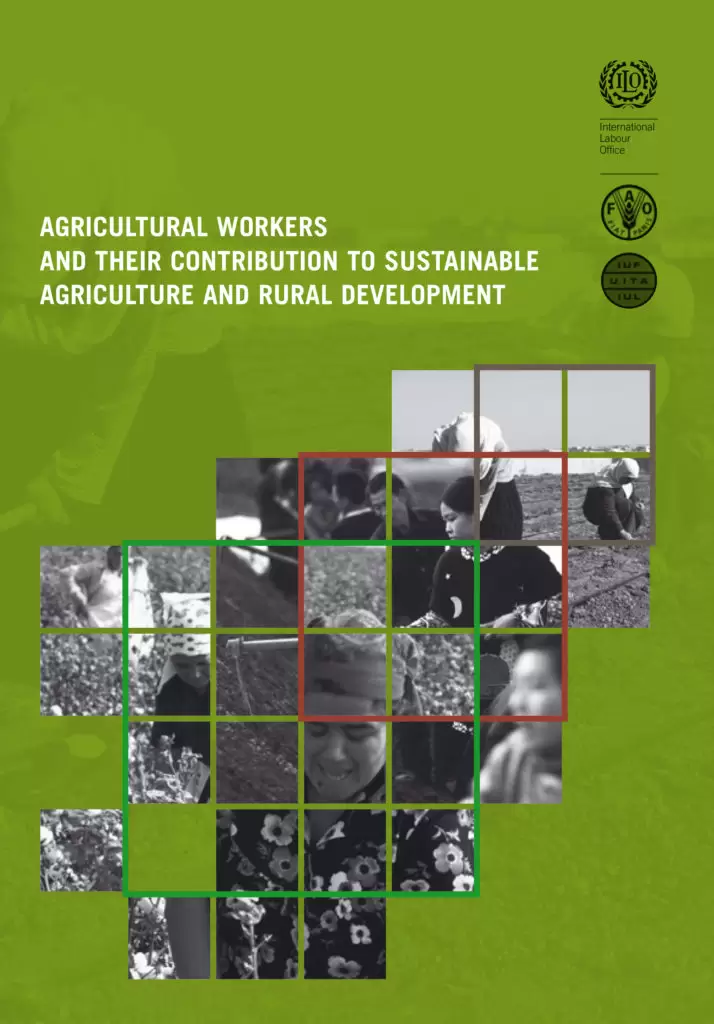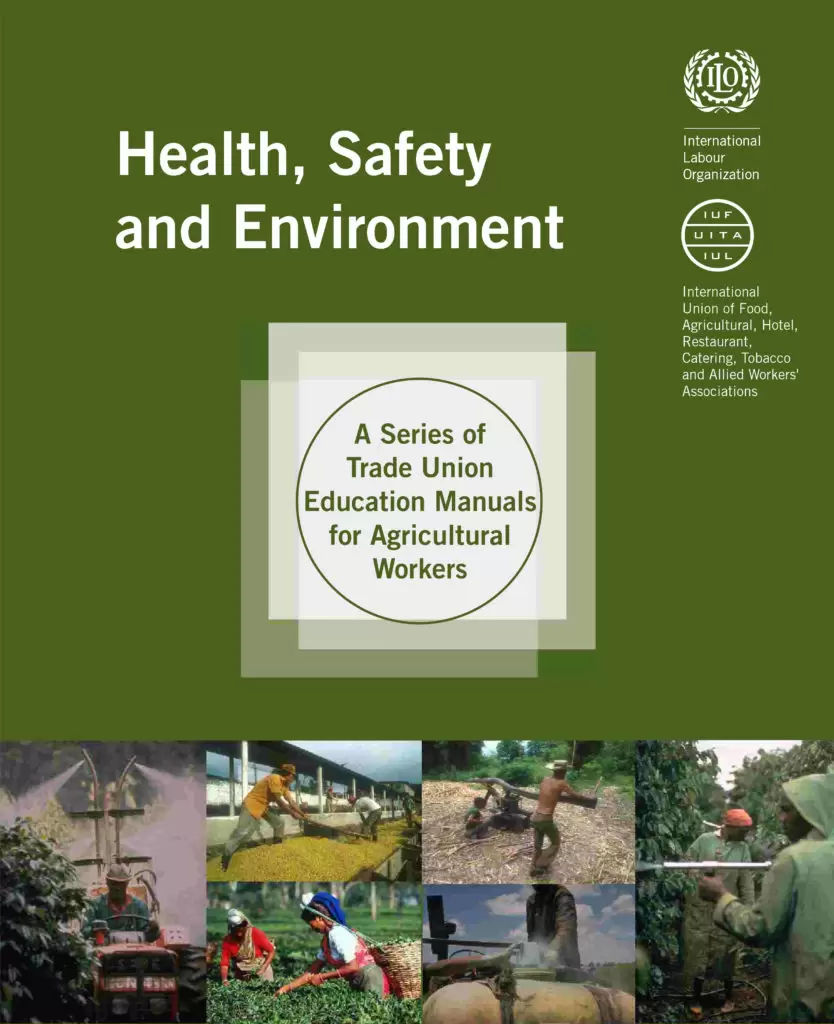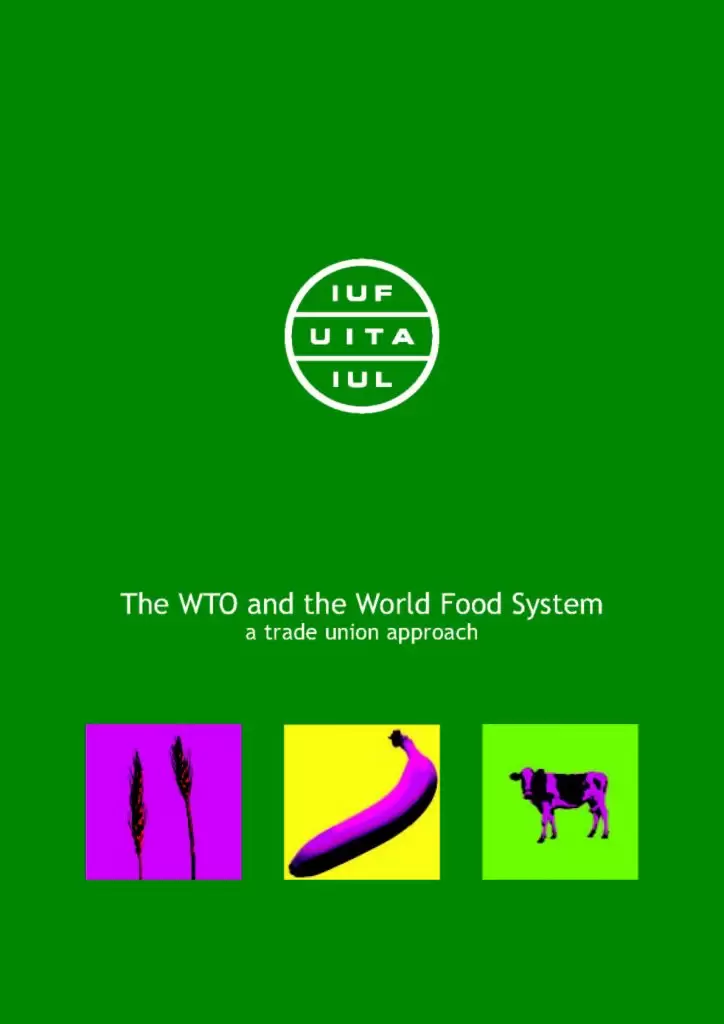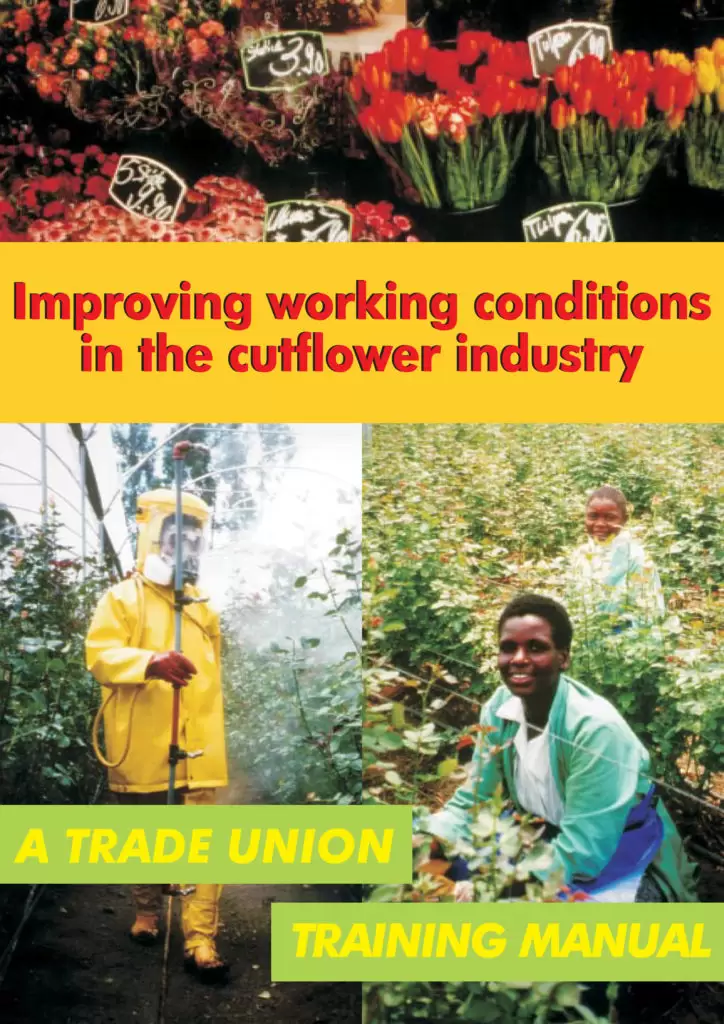The IUF strongly advocates for systematic hazard identification and a hierarchy of hazard control approach to protecting workers in line with the international standards provided in ILO convention 155. This requires a total rejection of the behavior based safety (BBS) model favored by many employers which blames the worker for accidents and illness in the workplace. BBS abdicates employer responsibility for implementing engineering and administrative controls and shifts responsibility for accidents from employer to worker.
One worker dies every minute due to the use of hazardous substances in the workplace. There are 200,000 acute poisoning deaths every year. Many of the victims are agriculture workers who are exposed daily to toxic pesticides and other hazardous substances. Much of the IUF work in agriculture is aimed at banning hazardous substances, and our advocacy of agroecology focuses on removing this hazard as well as reducing greenhouse gas emissions, a source of increasing global temperatures, another major hazard for workers in agriculture.
Food and beverage production lines and repetitive tasks in agriculture, catering and hotel housekeeping have contributed to an epidemic of repetitive strain injuries (RSI). Good ergonomic design, regular breaks and rotation of tasks can prevent repetitive strain injuries. In food and beverage production and especially in meat and poultry processing, line speeds must be slowed to prevent debilitating and life-long injury. Meat, poultry and fish processing are among the most dangerous workplaces in the IUF sectors with a prevalence of RSI, and the danger of cuts, slips and falls which can result in amputations or death. In addition, the threat of antimicrobial resistant (AMR) pathogens and zoonotic diseases are driving affiliates to negotiate for new measures to protect the long-term safety of members.
Identified hazards in the HRCT sector include the heavy lifting and intensive work required of hotel housekeepers, the use of toxic cleaning chemicals and the stresses associated with reduction in staff numbers throughout the sector; however, what distinguishes HRCT sector hazards from those in other IUF sectors are the risks associated with interactions with customers. Violence and harassment are not just a manifestation of power relationships within employment but are also hazards presented by regular interactions between workers and customers. The IUF will continue to demand employers prioritize worker protection from all forms of violence and abuse.
Discrimination in the workplace is a hazard which can have a long lasting or permanent impact on an individual’s health. It impacts women, LGBTI workers, different ethnicities, migrant and young workers, and can impede the ability to access training, career development and increases in pay and benefits. The IUF work on equality highlights the vulnerability of women in the workplace when discrimination exists, from hiring practices through to promotion opportunities. There must be a gender perspective in all health and safety work, from analyzing the different needs of men and women for workplace design, to the impact of hazardous substances and the supply of appropriate personal protective equipment. Sexual harassment is a violent form of discrimination and workplaces must have policies and procedures to protect against all forms of harassment.
As of 2022, the International Labour Organisation now recognizes “a safe and healthy working environment” in the ILO’s framework of fundamental principles and rights at work, meaning that all member states are bound by the conventions (C155 & C187) regardless of ratification.
Priority Areas of Health and Safety Work
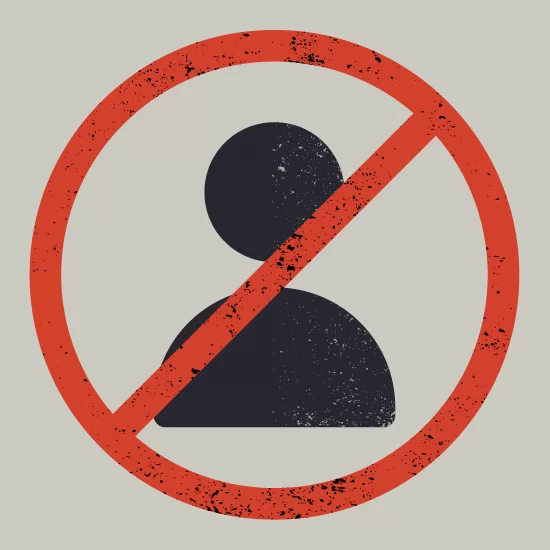
Behavior Based Safety
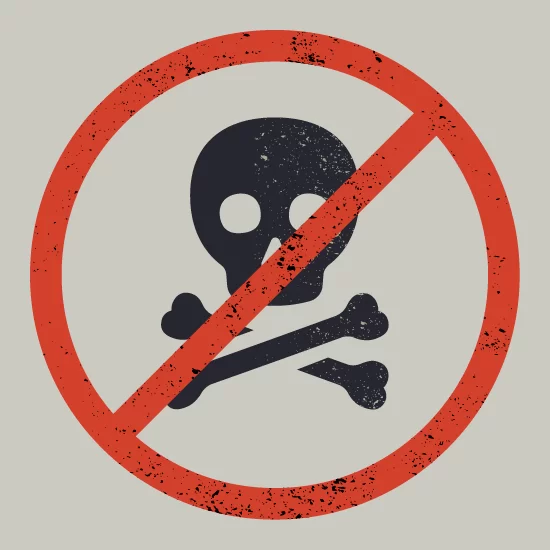
Chemical and Biological Hazards
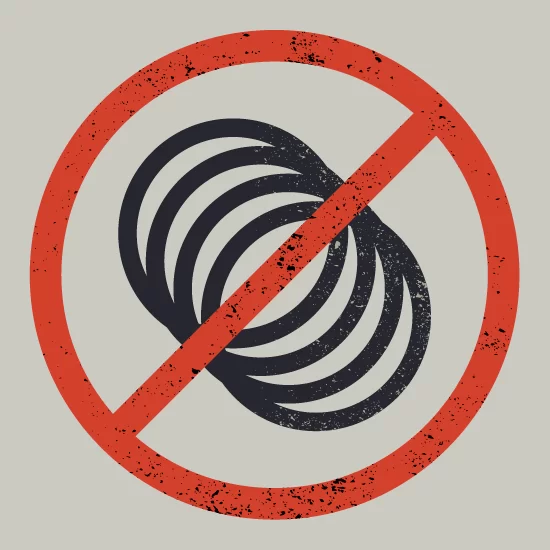
Repetitive Strain Injury
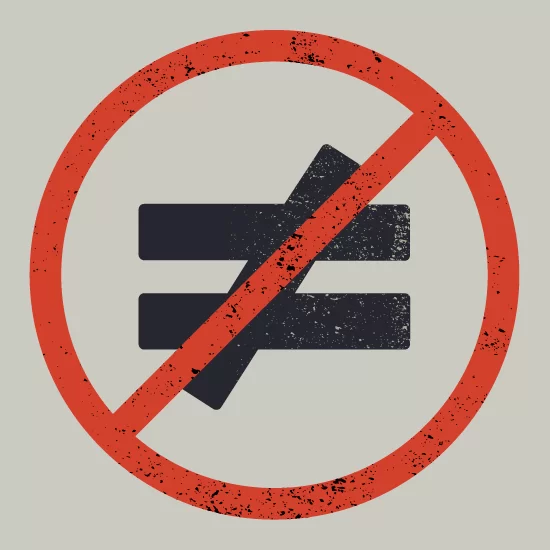
Discrimination
